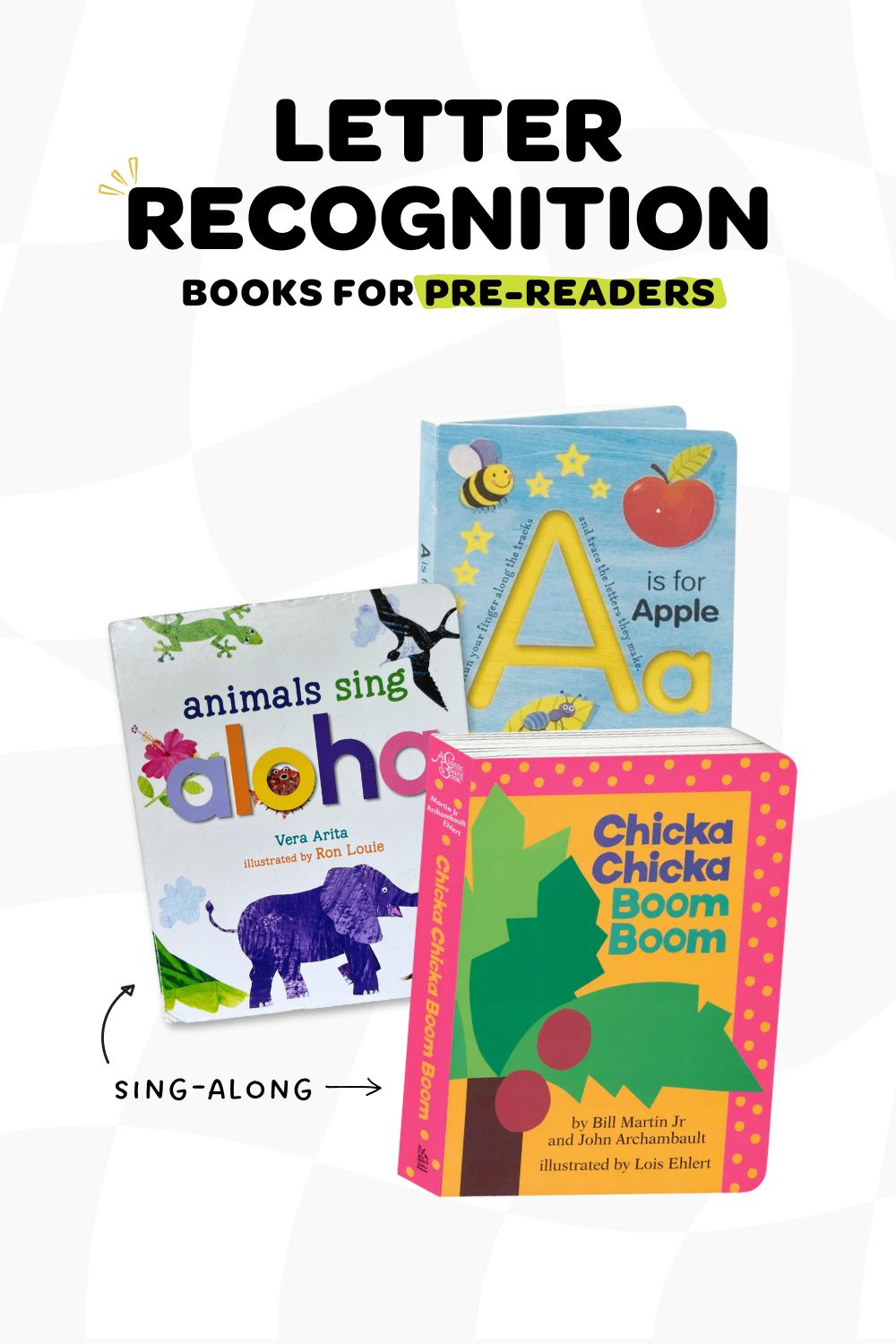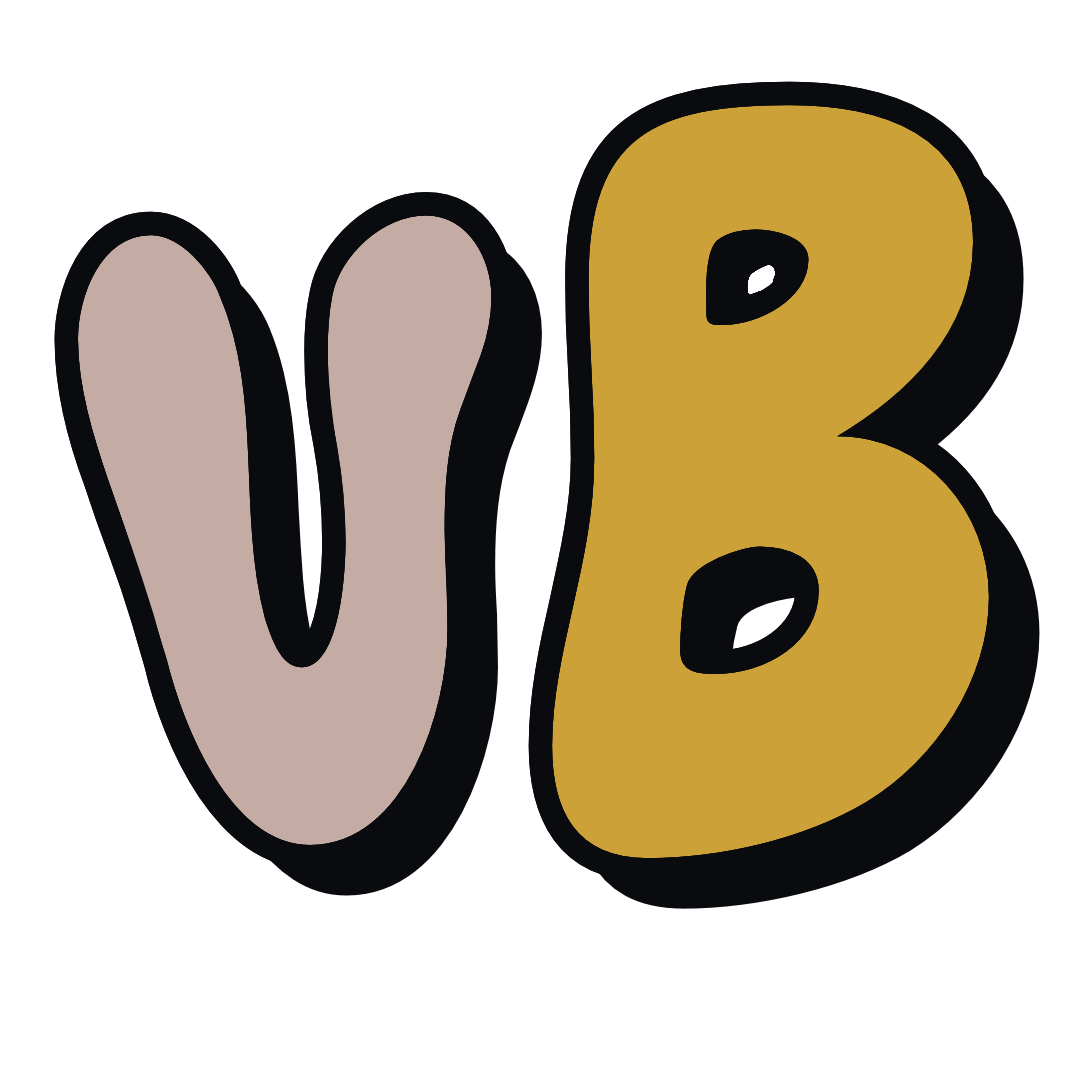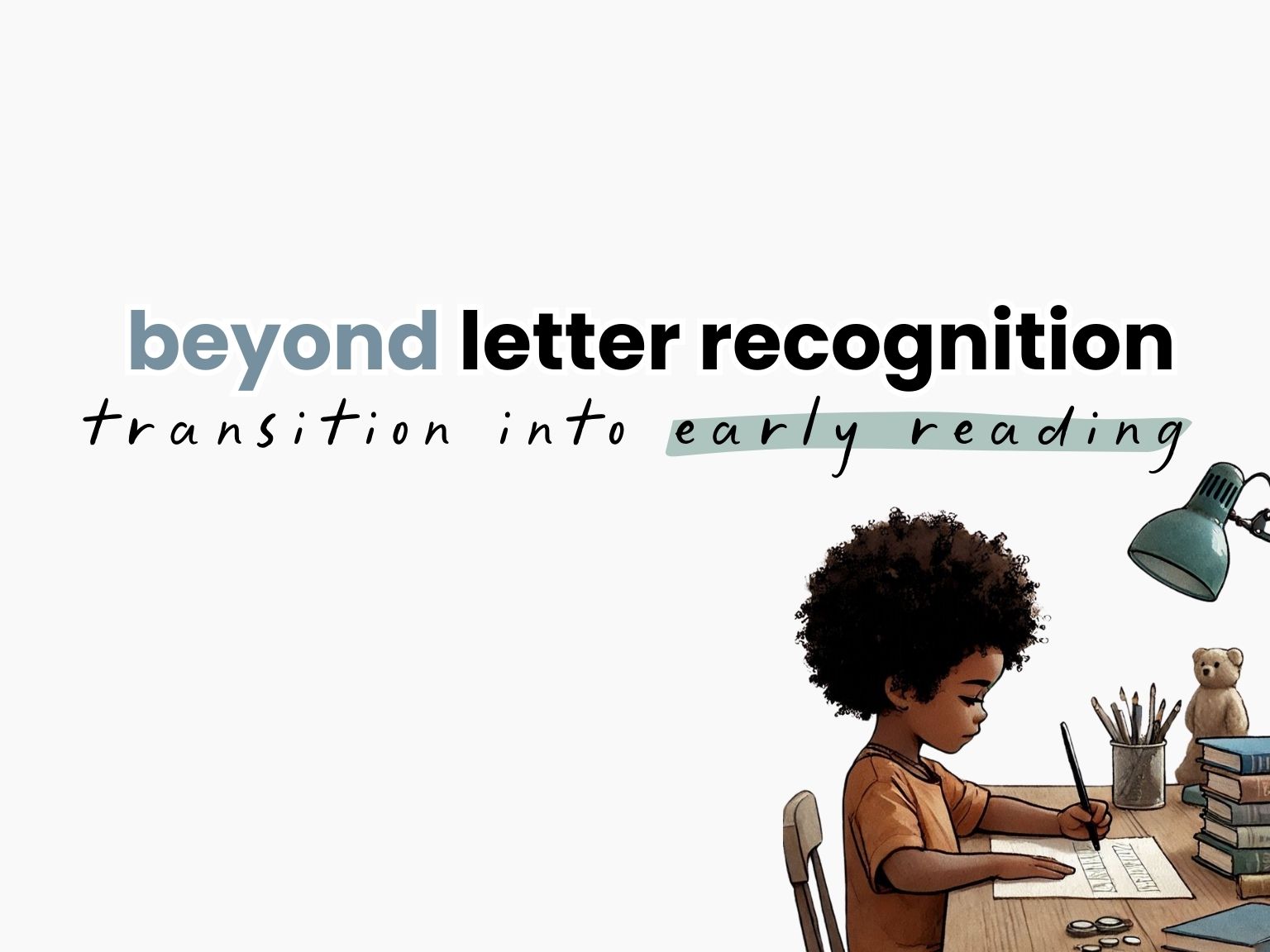a gentle approach to early reading
Learning to read is one of the most exciting milestones in early childhood, but where do you begin? If you’re an intentional homeschool parent, you might wonder how to introduce letters and sounds in a way that feels natural and fun—without pressure. The good news? Children are wired to learn language, and with the right approach, moving from letter recognition to early reading can be an enjoyable experience for both of you. In this post, we’ll outline a simple, step-by-step path to support your child’s early literacy journey.
encouraging natural letter recognition
At this stage, we keep things very gentle and informal. In order to encourage exploration of letters we start with simply exposing our kids to words and letters. We all have alphabet books and games nearby and all around us. Monogrammed clothing and backpacks, personalized home decor, books, letter games and puzzles, and more. There are words and letters all around your child all the time, so take open opportunities to point them out to your little one.
Some kids recognize letters early, while others need more exposure. Follow their lead.
Introduce Letters Through Everyday Life
Sing ABC songs and even recite poems along with reading alphabet books (I mention some of our favorites are below) to help set the foundations for letter recognition. Try and use puzzle pieces or magnetic letters during your play. There are tons of plastic or wooden letters online that can be used in sand tables or water play as an added manipulative. Point out letters on signage, food packaging, books, etc.
Make it Multi-Sensory
Have your child trace letters in flour, sand, shaving cream to prepare the mind and the muscles for more formal tracing exercises. Anything that will allow them to use their fingers and get immediate tactile feedback will help. Provide play dough and other small manipulatives that they can build their letters with. Sand paper letters have proven to be useful for many children. Sticker activities are a lot of fun and using stamps like these could be a great investment from now through handwriting practices.
phonemic awareness, connecting letters to sounds
Real life associations and labeling objects (i.e. “ball starts with the b sound” as you hold and show your child a ball) are the easiest way to associate real life to letters and their corresponding sounds. Rhyming books and alphabet books that focus on the letter’s sound work great and are a fun way to reinforce this. Chunk really loved Animals Sing Aloha and this was a great example of a letter sound alphabet book.
Sing simple rhyming songs to build up sound and phonemic awareness. Try clapping out the sounds in words and modeling the ways each sound are spoken. You can do this be clapping to each letter of a simple word like CAT or BUG. Asking what sound does M make is also an easy way to engage the child with each letter. We enjoyed playing a version of I-Spy like this. This helps with both letter and letter sound recognition by making things fun.
I cannot personally recommend any apps for this as we were able to teach Bug all of this without any. That said, I have heard good things about some by Hooked on Phonics and Duolingo ABC. Simple letter sound worksheets, phonics songs on YouTube, and alphabet matching cards are also readily accessible online and do similar work or applying hands-on tactics in a playful way.
blending sounds to form words
Blending sounds is the key step that turns letter recognition into real reading. Once your child is comfortable identifying individual letters and their sounds, you can introduce simple CVC (consonant-vowel-consonant) words like cat, hop, or sun. Start by saying each sound slowly—/c/ – /a/ – /t/—then encourage your child to blend them together smoothly. (Bug calls this “singing” the word, helps her smoothly move from one letter to the next.)
Once they seem to grasp that concept that “Ssss” + “un” = Sun we then more to building words together in fun ways. This could be as simple as writing them out in a journal or on a dry erase board. I see lots of folks online utilizing different styles of word building cards and you can find them in different formats online if you’d like to print your own off. They also come in tile or magnetic forms if you have a homeschool board, or even a refrigerator, in your homeschool space.
Related Post: Tiny Hands, Big Progress
Hands-on activities like using letter tiles or tapping out sounds can make this process more engaging. Keep the experience light and playful, and with practice, your child will begin to recognize patterns and read new words with confidence.
Positive reinforcement never hurts when a child is learning anything new and reading is no different. If they’ve pronounced something beautifully, let them know that. Some work really well with sticker charts or progress trackers as well. We try not to overdo it in this area as my husband and I are not big participation trophy parents but we do make mention of a job well done.
daily reading for reinforcement
The American Academy of of Pediatrics recommends we read to children daily. Having lots of books around makes this easier to do, but I have found that my kids like to re-read most books over and over and over again anyway. We have a good sized collection of sturdy board books for those rough hands (and book wrestlers) but for picture books we really heavily on our local libraries. There are limited book shops on island but the public library system has been pretty great so far. We can almost always find a book or audio version of what we are looking for.
Letting the child chose their books is an easy way to get buy-in with a kid who’s not in a reading mood. They also may sometimes want to just sit and look through the pictures before you read—let them. It’ll give you time to grab a nice beverage and get mentally prepared for a nice reading session. Plus, sometimes there are less interruptions of they’ve already seen all of the imagery beforehand.
If you make reading a into cozy and inviting activity, the reading will also come more naturally. Even when my daughter couldn’t read yet she loved snuggling up with a book and some plushies or her brother in a reading corner I created for them. In our last home we had space enough to create this at the bottom of their bedroom closet. Since all of the clothing and supplies were kept up high, I just cleared the floor space for reading. I put down some soft floor tiles, plush animals and pillows, and eventually dragged a small bookshelf in there to. This made great use of space that would have instead collected junk and unused baby items but it was also a cozy tight little space where they could find some solace and just enjoy a good book.

We are very big on rotating books (and toys) in our home. Visual clutter overwhelms me pretty easily but I am also the type to forget I have things if I cannot see them. Rotating items for the kids has been a happy way for me to meet their needs and blend them with the home. If October is right around the corner I’ll take out the autumn box and find the relevant books right along with the decorations, arts and craft projects, and even kitchen supplies for that particular time of year. Summer stuff gets put away at this point and boom, a fresh perspective on your home and a whole “new” collection of books for you to enjoy together. Works great for how we store things—especially now that we live in a much smaller bungalow.
The last little thing I want to mention is your tone when reading to your kiddo. If you sound bored, you may be boring your child when reading to them. You don’t have to be a one-man show but enunciate your words appropriately to what you are reading. If it rhymes, keep the rhythm with your voice so your child can pick up on it more easily. Change your voice or tempo slightly if there are multiple people speaking in the stories. Modeling is so important now, please don’t be afraid to read with a little expression.
Enjoy the journey, homeschooler. Teaching your child to read is a beautiful process, and there’s no need to rush. With a little patience and creativity, letter recognition can naturally turn into reading confidence. Keep learning playfully, follow your child’s lead, and celebrate every step forward. Before you know it, they’ll be reading their favorite stories to you!
📌 Looking for more support?
Check out our Write the Alphabet Pre-Writing Bundle, filled with hands-on worksheets, fun letter activities, progress trackers, and simple lesson guides!


Leave a Reply